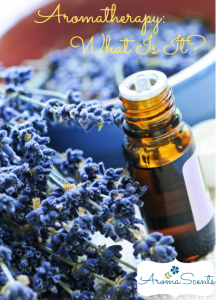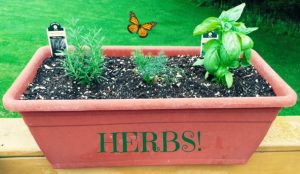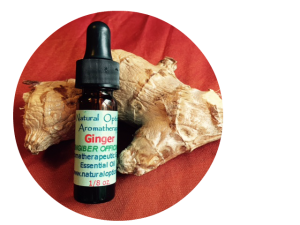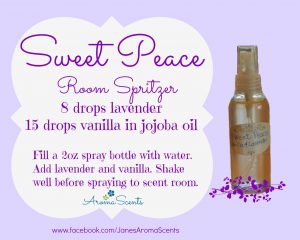Essential Oils for Kids: Safety
 When it comes to essential oils and kids, you can’t be too careful.
When it comes to essential oils and kids, you can’t be too careful.
As an aromatherapist, one of the things that bothers me the most is misinformation concerning the use of essential oils on children. Too often I hear of essential oils being applied to children without diluting them first, or essential oils being put in baby bottles, or of using essential oils on very young babies.
Six Important Guidelines to Using Essential Oils on Children
I’ve made an essential oil infographic to help you remember 6 important guidelines about using essential oils on children.
To sum up the guidelines:
- Wait until about the age of six months before using essential oils on your children. At this age you may diffuse child-safe essential oils for them for short periods of time for acute conditions.
- Always dilute the essential oils. See Tisserand’s chart below for the proper rates.
- Children should not be ingesting essential oils. Remember, essential oils are 75 to 100 times stronger than the plant they come from. The exception to this is if your child is under the care of a doctor, naturopath, or clinical aromatherapist trained in the practice of ingesting essential oils.
- For children under the age of five, use essential oils for acute conditions like injuries or illnesses.
- Avoid using essential oils everyday on your children. With repeated prolonged use, they may become sensitized to the oils. When using creams or salves on their skin, alternate with days when you use unscented products..
- Keep in mind that eucalyptus and certain chemotypes of Rosemary should be avoided on children under age 10. Don’t use peppermint with children under age 6. This is due to the possibility of slowed respiration caused by menthol and 1,8-cineole in the essential oils. (These guidelines apply to both topical use and inhalations.) A gentler option to use on young children is rosalina.
You can also explore more specific information in this post on diffusing antimicrobial essential oils safely with children .
Hydrosols are a Good Option for Babies
Keep in mind that hydrosols are much gentler then essential oils and can be used on babies. Hydrosols are a by-product of the distillation process of essential oils and they retain a tiny amount of the essential oil along with the water soluble, volatile components of the plant. They will have a fragrance similar to but not as strong as the essential oil. They are gentle, but still beneficial for health and wellness.
One way you could choose to use them would be to add 1 tsp of your chosen hydrosol to an infant bathtub or 2 tsp. of hydrosol added to an adult tub filled with the smaller amount of water suitable for an infant. For children up to 12 years old, add 1 tsp. of hydrosol for every year of age up to a maximum of 8 teaspoons.
In summary, essential oils can be an important part of a wellness program for your children as long as you follow the safety guidelines. What is one way you use essential oils to help care for your children?
Botanically me,






